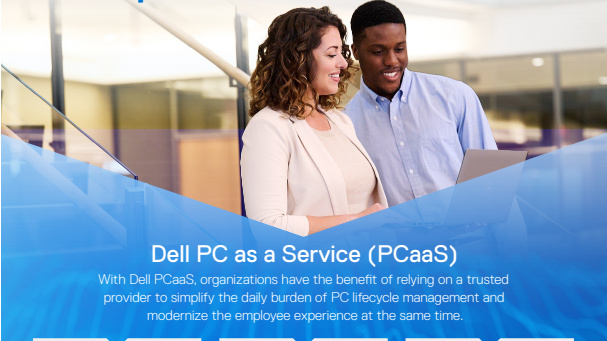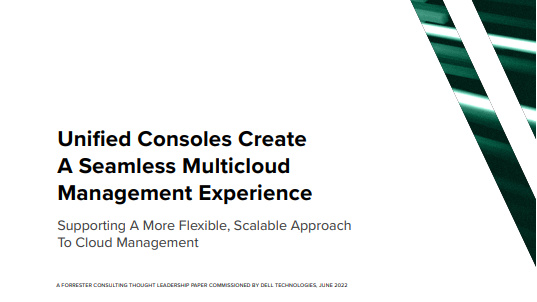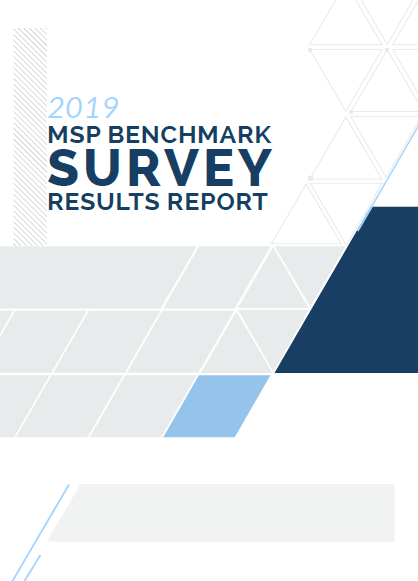How MSPs can seize the cloud services opportunity
Thinking 'cloud’ isn’t enough, MSPs must embrace a ‘service vending machine’ model

Managed service providers (MSPs) have the biggest opportunity in cloud migration if they can capture it, because they have existing customer relationships, and can provide the white-glove services that Amazon Web Services (AWS) or Azure cannot offer. Unfortunately, however, MSPs don’t have the in-house expertise necessary to develop services like inter-cloud virtual private networks (VPNs), big data-as-a-service, GPU as-a-service or even DevOps as-a-service.
Traditionally, MSPs have worked with conventional business applications like IT helpdesk, managed storage, backup, disaster recovery, email, managed VoIP, telco services, remote monitoring, patch management and even virtual CIO services.
While this is still a huge market, many MSPs are concerned about the growing popularity of the public cloud, and the shrinking footprint of these conventional applications.
The two-pronged challenge facing MSPs
There are two reasons for these concerns; firstly these standard enterprise applications are converting to software-as-a-service (SaaS) packages, and secondly workloads are moving to a pay-as-you-go consumption model.
All major SaaS vendors are offering one or more of these large enterprise applications as a service. For example, Salesforce, Zoho and SugarCRM offer customer-relationship management (CRM) tools, NetSuite offers a financial application suite, and Workday offers HR and employee management tools. Email meanwhile is shifting to Outlook and Gmail.
The footprint of these large, complex, expensive, mission-critical apps is shrinking. Any modern-day company will have six to eight SaaS contracts for all these business applications, and they don’t need anyone to help run them; most of the new SaaS firms offer consulting, and there’s no great value MSPs can offer for such applications.
Meanwhile, as customers look for platforms to run workloads, they’re increasingly migrating to large public cloud vendors, and looking to deploy workloads on their platforms. The ease-of-use, transparent pricing, and quick pay-as-you-go consumption model makes this an attractive avenue, and pubic cloud is also often used as a benchmark for next-generation consumption models. Once a workload moves to the public cloud, the associated backup, disaster recovery, performance monitoring and management also move to the new platform. But a lot of MSPs’ revenue is lost as a result of this move.
Stay up to date with the latest Channel industry news and analysis with our twice-weekly newsletter
White glove services represent the next big market
IT budgets are not growing by much, and the demand for enterprise applications isn’t growing quickly. But the growth in revenue for cloud companies is almost 40 to 60%.
In most cases, the workloads running in the cloud are custom applications. These can fall into different categories like SaaS applications, web applications, mobile back-ends, big data analysis, business intelligence, security and machine learning, but basically, cloud has become the de facto standard for building and deploying all kinds of new applications.
These applications represent the next big market opportunity for service providers. MSPs offer a platform to build, test and do production deployment of custom applications of all types. In fact, public clouds have enabled the creation of cloud as a standard platform, validated a consumption model and also made it very popular for enterprises to outsource their infrastructure needs to someone else.
Most enterprises don’t want to deal with infrastructure, storage, and so on. They just want to consume these in a self-service manner, and MSPs can enable that.
Building the ‘service vending machine’
Cloud providers can’t win in this market using conventional ways of building infrastructure. The standard method of using servers, storage, networking, virtualisation software stack, monitoring and operations software from different vendors and stitching them together with custom scripts is not going to scale. Providers don’t have the IT resources to custom-define services on-the-fly for each and every customer.
Rather, MSPs should think about using service templates: pre-defined routines that configure hardware and software to deliver specific services. MSPs can define and store these templates themselves, or they can adopt a cloud platform that already offers them.
Whichever course they take, MSPs will end up with a ‘service vending machine’ that can deliver new services to customers with point-and-click simplicity. So, it’s not enough to think ‘cloud’ when approaching the enterprise customer market; rapid provisioning of custom services is the key to tapping into a multi-million-dollar market and helping MSPs win against large public cloud providers.
Steve Garrison is vice president for marketing at ZeroStack
-
 Modern IT experiences with predictable costs
Modern IT experiences with predictable costswhitepaper Simplify the daily burden of PC lifecycle management and modernize the employee experience at the same time
-
 Unified consoles create a seamless multi-cloud management experience
Unified consoles create a seamless multi-cloud management experienceWhitepaper Supporting a more flexible, scalable approach to cloud management
-
 Energy as a service market poised to reach $147 billion by 2029
Energy as a service market poised to reach $147 billion by 2029News North America is anticipated to lead the market during the forecast period
-
 Achieving resiliency with Everything-as-a-Service (XAAS)
Achieving resiliency with Everything-as-a-Service (XAAS)Whitepaper Transforming the enterprise IT landscape
-
 IBM acquires Taos Mountain as cloud spending spree continues
IBM acquires Taos Mountain as cloud spending spree continuesNews The MSP has guided clients such as Netflix in their migrations from on-premise to cloud infrastructure
-
 2019 MSP benchmark survey results report
2019 MSP benchmark survey results reportWhitepapers Discover how the MSP marketplace is evolving

